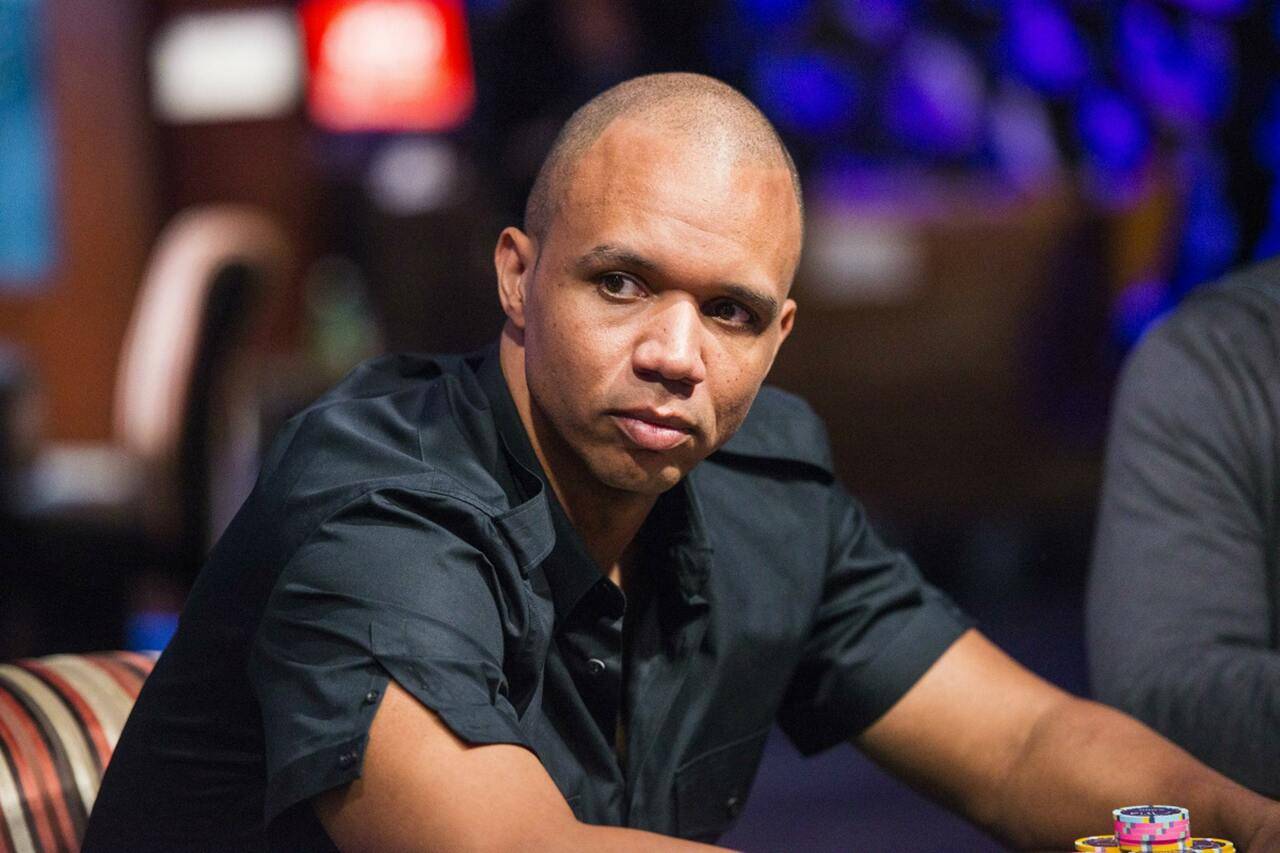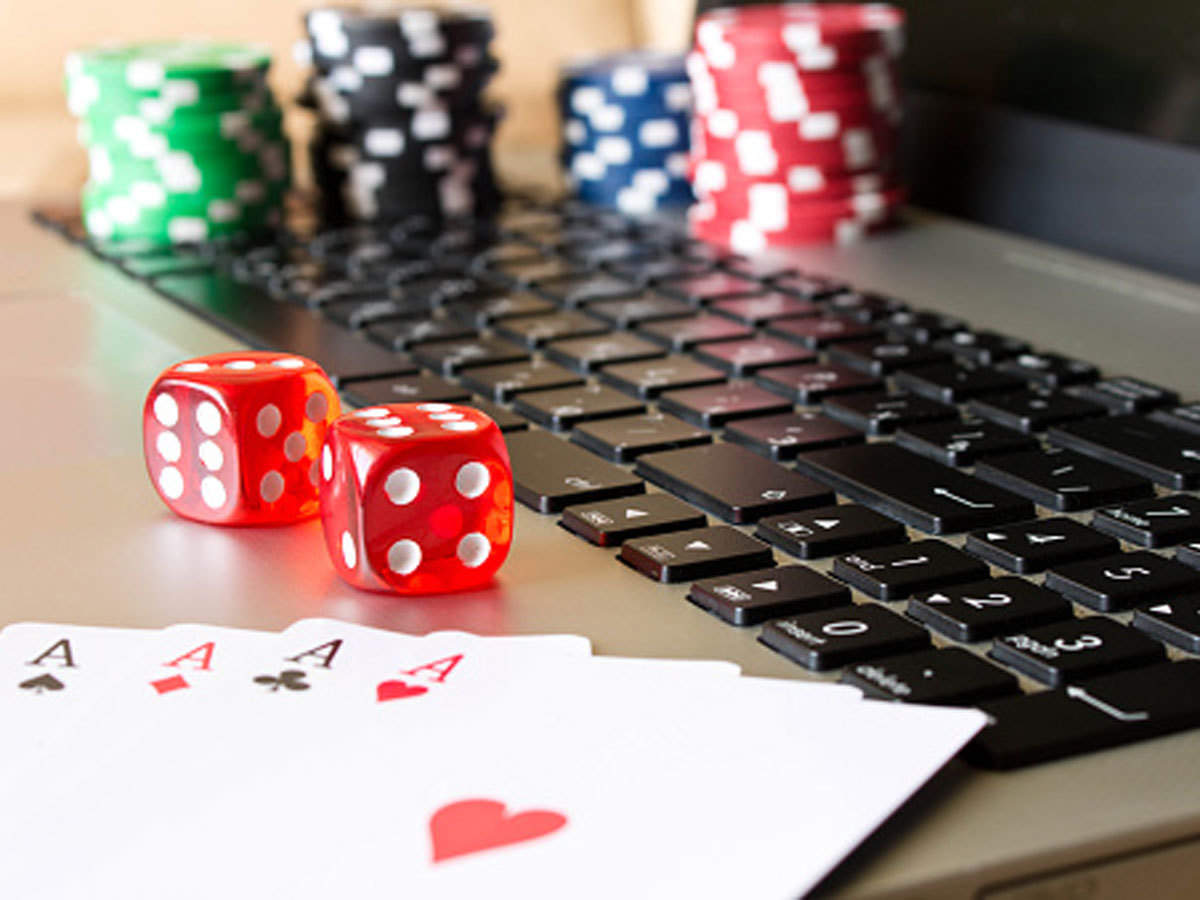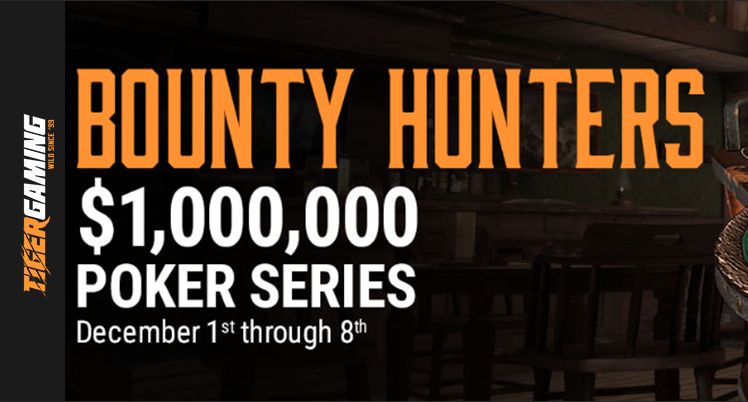

How many chips are dealt in poker?

One of the essential elements for the smooth
running of a poker game are the chips that are used during betting. Depending
on the type of game the player enters, the dynamics will be different.
In poker tournaments, the player buys a seat to
participate. In return, he receives an amount in chips that the player uses to
play each hand. These tokens are equivalent to points that are in no way
representative of the value of the money. In cash games, on the other hand, the
chips represent the value of real coins, which is why real money is wagered
in this type of game.
But there are several questions about poker
chips that may raise doubts among those who are not experienced enough to play
poker and who do not know the differences between the different types of
games. How many chips are dealt to each player? Is there a limit to the
amount of chips that can be wagered?
How many poker chips are
dealt to players?
As we said, the chips in poker represent a
value. This value will depend on the type of game chosen by the player: while
in poker tournaments chips have the value of points, in cash games they
represent the value of real money.
Either way, what is clear is that chips are an essential element for the poker game to take place. Without chips there is no betting, and without betting there is no conceivable poker. In addition, it is worth remembering that in poker games, regardless of the type of game, it is forbidden to bet money or goods other than chips, so any bet that goes beyond these limits may be declared void.

In poker games, the player cannot sit down
with any amount he wants. Again, it all depends on the type of game the
player chooses.
At cash tables, where real money is wagered,
the player can sit down with a specific maximum amount of money. This maximum
value is usually set at 100 times the value of the big blind, although
there have been occasions where tables have accepted a maximum stack of up to
250 times the value of the big blind.
In a tournament, on the other hand, the amount
of starting chips is already stipulated in advance, depending on the rules
of the tournament itself, so the player cannot choose the amount of chips with
which to sit down at the table.
For example, at a cash table you might find
a $1 big blind and a small blind of half its value. Since the maximum
buy-in is usually set at 100 times the value of the big blind, you could sit
down at the table with $100.
Throughout the game a player can beat his
opponents, accumulate chips and bet a higher amount if he or she wants to,
but the rules for entering a table do have predefined amounts that must be
adhered to in any case.
So: can a player sit at a table and play with
as many chips as he wants? No, but he can accumulate more than the maximum
value at the table if they are chips obtained by beating his opponents,
and even bet them all in a single bet if he sees fit.
In short, it is difficult to give an exact
amount of chips a player will need to enter a poker game. It all depends
on the rules of the game, the type of game chosen, and also on the value of the
chips themselves, since in cash games, as they represent real money, the value
of each chip can vary.
How many chips do you end
up dealing in total in a poker game?
As we said, it all depends a lot on the type of
game, the rules of each type of game and the characteristics of each
table. What is clear is that it is impossible to enter a table with as many
chips as you want.
Therefore, a good tip is to study beforehand
the characteristics of each table to be clear about what they are. This
will make it much easier to select a table, as each player can look for a room
with access requirements that suit his or her preferences.
For example, there are cash tables where you can only enter with 100 times the big blind, but in others this value can be much lower, such as 40, and also much higher, even up to 250, so it is up to the player to choose which table he wants to enter.

It may happen that the player has entered the
table meeting all these requirements but then has been losing chips. This
can lead to a difficult situation where the player is below the maximum limit
set by the table. In this case, the player can add additional chips until the
maximum limit is reached again.
But we insist that all these variables are very
unique and in no case can they be extrapolated to the rest of the tables.
Each table has different characteristics that condition its requirements and
the experience of the players, so not all of them will offer the same game or
put the player in the same situations.
At the end of the day, the number of chips on
the table, while curious, is somewhat irrelevant. We are talking about
an aspect that varies greatly depending on many different factors, so
generalising this data would be a mistake. It is best, therefore, for each
player to take a look at the particularities of each table.
You may also like

Phil Ivey: who is the Tiger Woods of poker?
One of the best poker players in the world is Phil Ivey. The player for many people is like the Tiger Woods of poker, which means that he is one of the players with the biggest following worldwide....

Play online poker with friends: guidelines and tips to enjoy poker with your friends
Do you like poker and do you share your hobby with your friends?What are you waiting for to play online poker with them?Combining routines and finding time to get together to play poker is really c...

Poker card games beyond poker: what they are and how to play them
As soon as you see the poker cards, a poker game comes to mind, forming hands and thinking of strategies for each street. But there are more games besides poker that can be enjoyed with those same...













